And here are 13 takeaways from the Disney+ documentary
A tour of the original Industrial Light & Magic facility and a screening at the location of Star Wars: Episode IV – A New Hope will take place on May 6. The Van Nuys, Calif. event is part of Star Wars Day celebrations. It seems that the tour will offer insights into ILM’s earliest years as Light & Magic, a documentary from this past summer, did. (ILM was headquartered in Van Nuys for three years before moving to northern California in 1978.)
That’s fantastic. We talk about how one way Star Wars changed Hollywood was because of its special effects. As Light & Magic says, George Lucas started ILM because he didn’t find any visual effects company that was up to snuff for what in pre-production was called The Star Wars. He and camera specialist John Dykstra put together a crew.
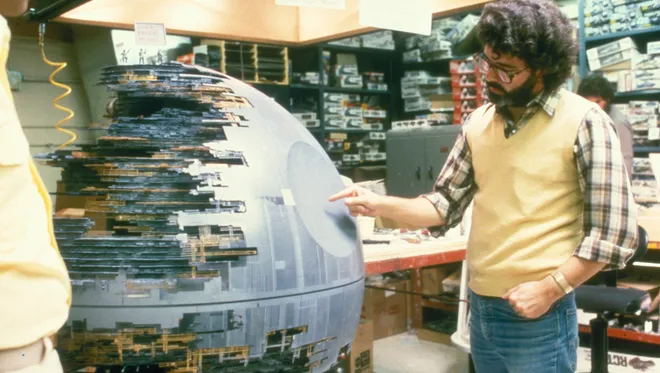
As a child, I watched documentaries about how Star Wars was made. While doing that, I heard “Industrial Light & Magic” for the first time.
It sounded wondrous. (And I am grateful that it did. And for whatever reason, I well-remember watching Dennis Muren, a former ILM visual effects supervisor, give insights.)
Needless to say, I was thrilled when I heard that Light & Magic was going to be released.
Below are 13 takeaways from the six-part documentary. They are in order of most to least impactful on me.
1. An occurrence in ILM founder George Lucas’ life and things you can’t see

After being hit broadside by a vehicle going about 90 miles per hour, teenage George Lucas was propelled out of his car because his safety belt snapped. That was fortunate for him since the car then rolled seven or eight times before wrapping around a tree. He was told he should be dead. His survival was so remarkable, a newspaper covered it.
Having worked in newsrooms, I know that it’s difficult for something to pass muster as news. And usually news isn’t positive.
After considering those things, I sobbed out loud.
Since my faith in the religion of my upbringing broke on July 12, 2015, I’ve struggled to believe in anything I can’t see. But Lucas’ survival is so astounding. And given that even skeptical journalists understood that, I sobbed over considering that there was a divine relationship with the survival of a person who changed the film industry. In Light & Magic, Lucas says the remarkable occurrence made him think, “Maybe there’s a reason I’m here.”
I first thought in 2016 that I am queer in terms of gender. However, I second-guessed myself often because of my difficulty in believing in anything I can’t see. That continued into this past August, more than six months into being in therapy for gender dysphoria. (I was wondering if I was a transgender woman.) It had gone to a higher level than ever before.
Then I watched Light & Magic. Thinking that things you can’t see are probably real after learning of Lucas’ experience made me consider that gender may be real even though I can’t see that, either.
About two months later, I accepted myself.
2. ILM founder George Lucas offers a new hope in more ways than one
Lucas, a person who indeed changed the film industry, didn’t start getting into filmmaking until he was in the midst of college.
There’s hope for all of us even later than most folks realize theirs.
3. A key ILM employee and mental illness
Phil Tippett, an ILM visual effects supervisor, said he has bipolar disorder. It’s great that he was public about this because it helps lessen the stigma surrounding mental health conditions like that.
4. An ILM spud touch
Some of the asteroids in the asteroid field from Star Wars: Episode V – The Empire Strikes Back are potatoes. It goes to show how simple things can make beloved art so great.
5. A fake out of a journalism icon
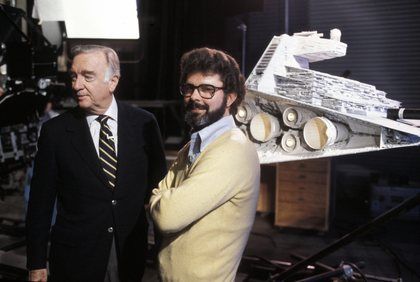
ILM staff members worked on a tauntaun model in a way they really wouldn’t while journalist Walter Cronkite was doing a story of which they were a part.
As Ken Ralston, an ILM visual effects supervisor, said, “We know no one has a clue how we create these things. … And so we decided to do it in a way you would never do it. ‘Cause we knew no one would recognize it.”
“We’re acting like we’re doing stuff, but we weren’t doing anything for real and playing it very serious, I think,” he added.
“To do it with Walter Cronkite, who the (expletive) had the nerve? Come on. What were we thinking?”, Ralston asked.
“It sounds like me just trying to be a jackass, which maybe it was. But it’s also through the course of all these movies, it’s an interesting lesson to learn about what the audience perceives and what you really need to do,” said Ralston, who was responsible for having potatoes in the asteroid field scene.
6. ILM certainly innovated through more than Star Wars and Jurassic Park
ILM created a water tentacle in The Abyss that was innovative. It is an example that while they made leaps and bounds forward through Star Wars (A New Hope especially) and Jurassic Park, they also made major achievements through other films.
Of course, the director who wanted a water tentacle is the water-loving James Cameron.
7. Nailed it
Seeing potential in Joe Johnston, Lucas paid for Johnston’s University of Southern California film school tuition while also still employing Johnston at ILM at half salary. Lucas was right to invest in Johnston. He has gone on to direct The Pagemaster (live-action sequences), Jumanji, October Sky, and Captain America: The First Avenger. Prior to accepting Lucas’ offer, Johnson worked in effects on the original Star Wars trilogy and Raiders of the Lost Ark.
8. More than work – and not just because they were bringing light and magic to movies
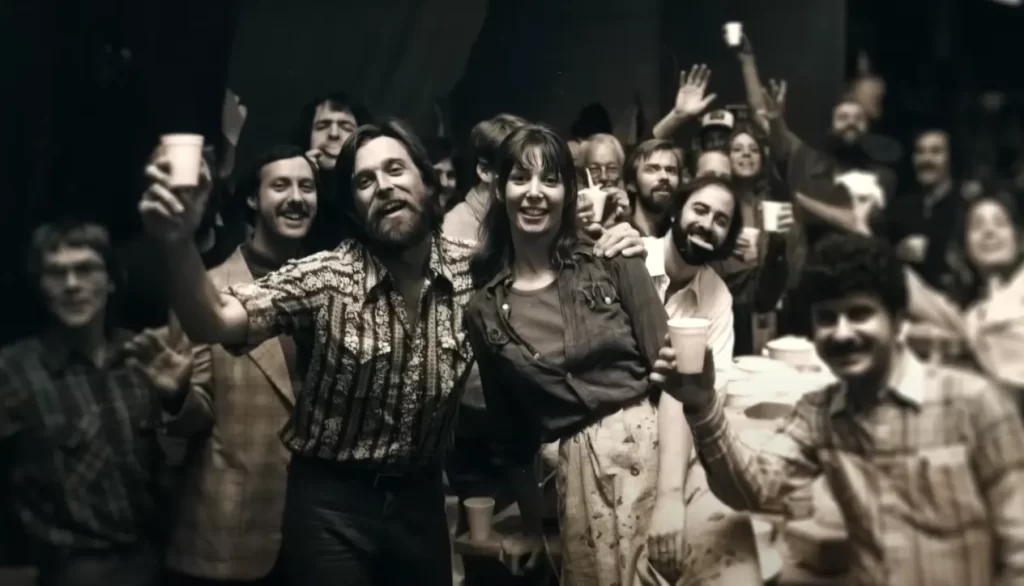
Beyond the ILM work, staff members, who were mostly in their 20s, had fun together. And not just through doing enjoyable, meaningful work. They also were just playing.
9. Steven Spielberg: ‘I had a kind of religious experience’
The first time film director Steven Spielberg saw the T. rex designed for Jurassic Park rendered on a big screen, he said, “I had a kind of religious experience and probably the greatest epiphany I’ve ever experienced in my own world of making movies.”
“That was the moment that I suddenly saw that everything was going to change,” he said. “That was the moment that I suddenly saw that everything was going to change. Not just my movie was going to be a better movie, but the entire world was going to follow in the footsteps of what Dennis Muren and Phil Tippett, and ILM were bringing to Jurassic Park. It was going to change everything for all of us and for audiences everywhere. And we were never going to go back.”
I appreciate hearing what Spielberg thought in that seminal moment in film history.
10. ‘Just think about it
Lucas would say this to ILM staff when they would resist one of his ideas.
I wouldn’t be surprised to find out that Lucas was so confident in his ideas that he thought that ILM staff would come around to them after thinking about them.
11. John Dykstra

Dykstra departed after A New Hope. While he wasn’t the ILM head/supervisor for long, he certainly made a mark on the film industry.
12. He did it his way
George Lucas went to college instead of taking over his father’s office products business (after the two fought about Lucas not taking over).
Frank Sinatra, who sang the song “My Way,” may be proud of Lucas for doing it his way. And so many of us are glad for it as well.
And the documentary concerned Lucas doing it his way when it comes to finding a special effects company to work on one of his films.
13. I felt bad for Phil Tippett
Tippett was shifted into a new role after special effects were revolutionized by Jurassic Park. It’s sad when someone is so good at what they do, but there isn’t just a need for it anymore.
You may want to work full-time in the film industry even more than before after seeing Light & Magic.

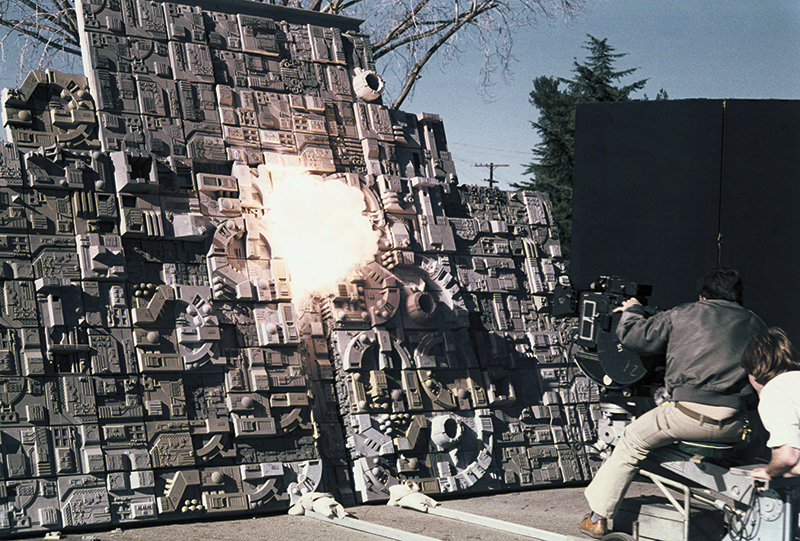
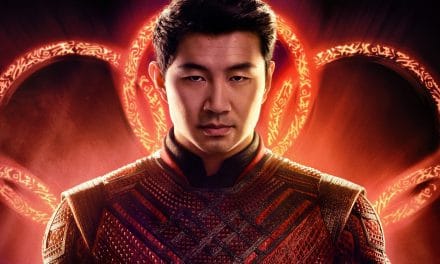
![Spice And Wolf: MERCHANT MEETS THE WISE WOLF Ep. 4 “Romantic Merchant And Moonlit Farewell”: Economic Intrigue [Review]](https://thathashtagshow.com/wp-content/uploads/2024/04/24353cb8-ef3f-44d6-8f51-b9dc48a01e46-440x264.jpg)

